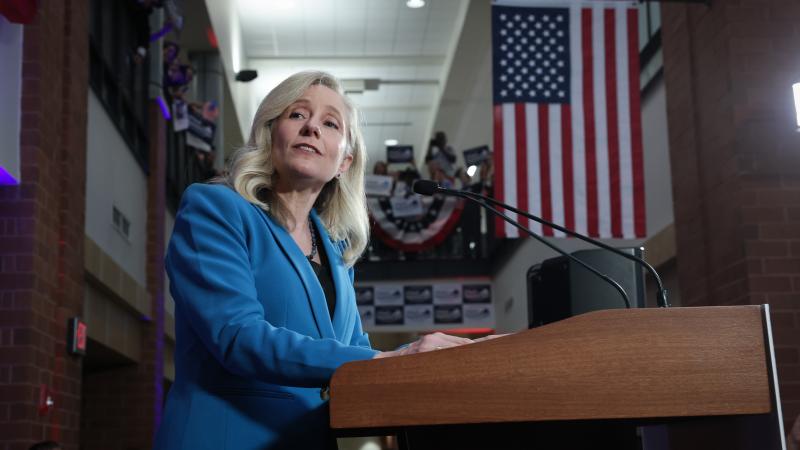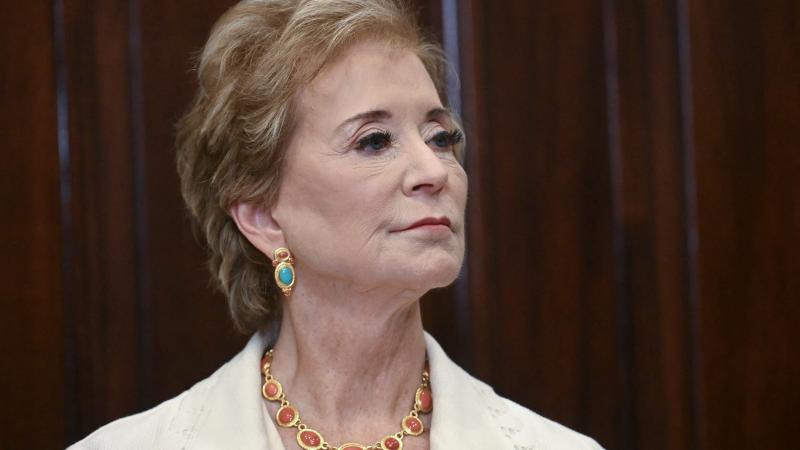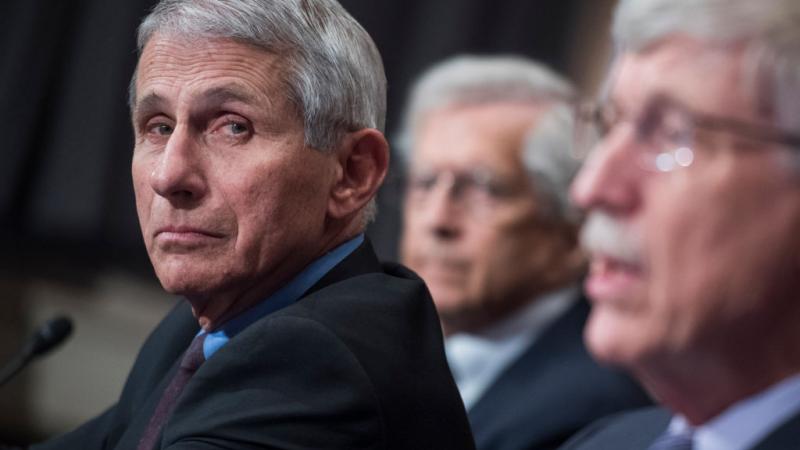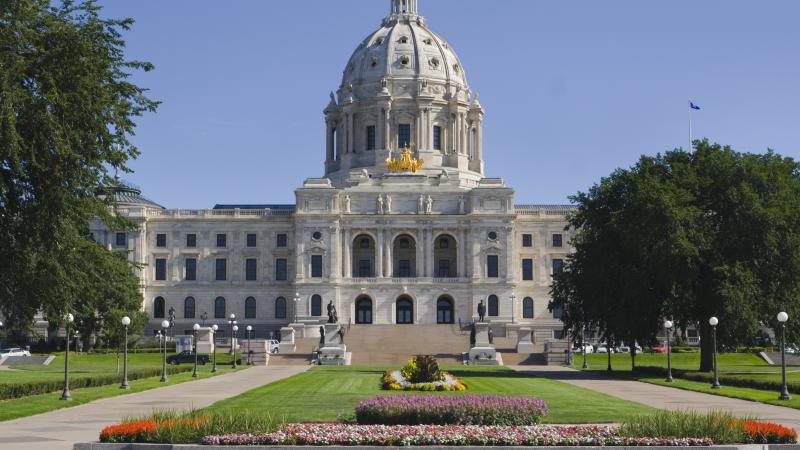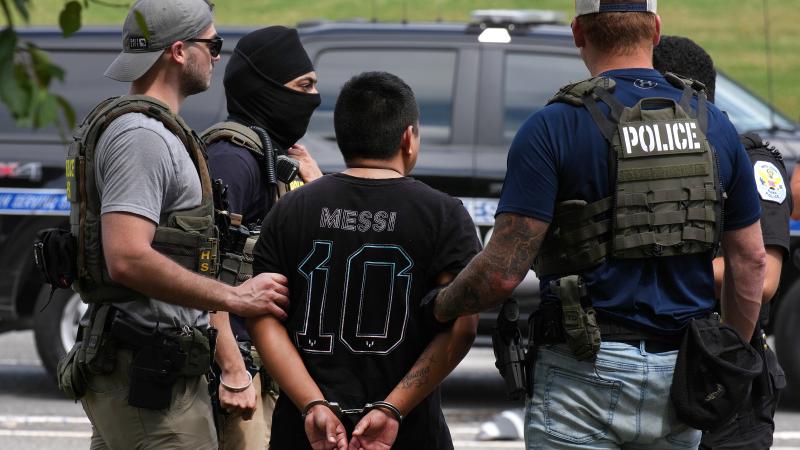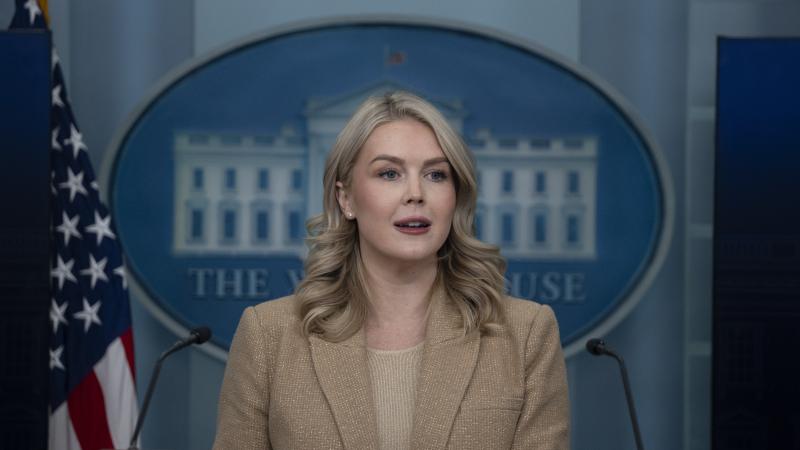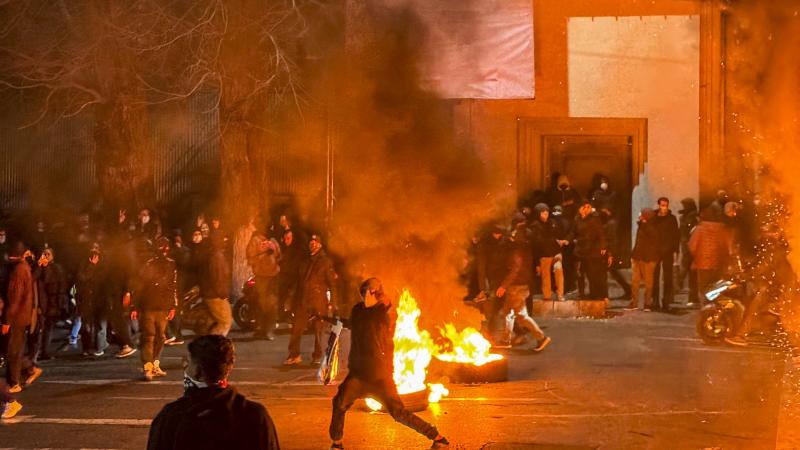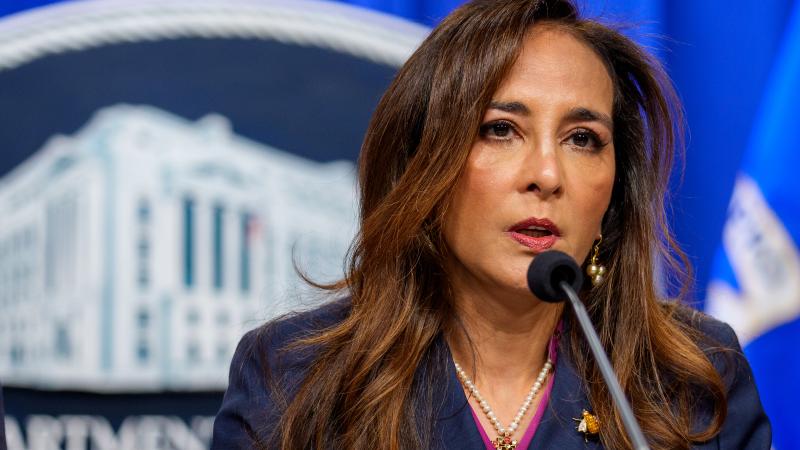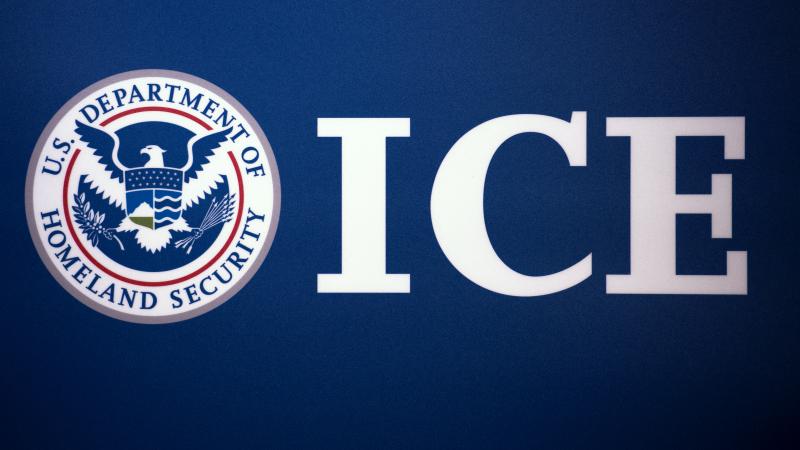Universities consider shortened semesters, plexiglass barriers in hopes of opening campus in fall
Closed since March, institutions are struggling to figure out if, and how, they will reopen in the fall.
Among the more dramatic examples of American life coming to a grinding halt during the pandemic was the shuttering of virtually every college and university campus throughout the country. The closings, which began in early March and persisted throughout most of the month, neatly summed up what public officials at the time saw as the two choices facing every institutional leader in the country: Close down and save lives, or stay open and face catastrophic infection and death rates.
Running data of the pandemic appear to indicate that those fears may have been significantly overstated: The CDC estimates that as of May 30, those in the 15-24-year-old demographic accounted for 106 COVID-19 deaths, or about 0.12% of the entire national death toll as of that time.
The disease appears to pose "close to zero lethal threat" for college-aged students, as Purdue University President Mitch Daniels said in April. Reopening campuses, in other words, appears far safer than was originally imagined.
Yet universities and colleges are still struggling with whether and how to open their grounds up to students again. A nation where millions of citizens — including college students — remain terrified of the coronavirus, along with an increasingly desperate looming financial crisis, are pushing campus administrators to determine how to bring everyone back to school, or keep them attending online classes, while at the same time keeping the lights on and the layoffs at an absolute minimum.
'Face-to-face classes in Fall 2020 puts our health and safety at risk'
Among the most vocal proponents of cautious reopening plans have been faculty. The average age of a full professor in the United States is 55 years old; COVID-19, though it appears to largely spare younger people, is markedly more lethal the older one gets.
Numerous faculty unions have unsurprisingly been aggressive in advocating the implementation of enhanced safety measures ahead of any planned reopening in the fall. For example, the United Faculty of Florida — a union that represents instructors at nearly 30 institutions across the state — last week released a proposal with recommendations for leaders to "ensure a safe and healthy re-opening of our public colleges and universities."
Among those suggestions: Include hand sanitizer in every room on campus, disinfect every classroom every night, mandate the usage of masks on campus "until a vaccine becomes available," enforce strict social distancing rules, and shorten the fall semester to 12 weeks.
The last measure would "prevent [students from] going home, returning to campus infected, then infecting more students before everyone disperses for Winter break."
The Campus Faculty Association at the University of Illinois took it a step further, last month stating unequivocally that their campus should remain closed in the fall.
"We appreciate that the university administration is making efforts to prevent a fresh outbreak of COVID-19 cases in the fall," they wrote, "but adequate protection on a residential campus the breadth and size of ours is nearly impossible. We unequivocally oppose any plan to reopen campus that poses lethal risks to our community."
The union said it was concerned that a crowded, densely packed campus could result in a "super-spreader" event.
Both unions were quick to stress that universities should maintain regular levels of payment. "There should be no reduction in funding for academics and research in our colleges and universities," United Faculty of Florida said in its proposal. The Illinois Campus Faculty Association claimed the university "has the resources to avoid layoffs" and should pay "all workers" a regular paycheck during the crisis.
Schools planning staggered rollouts, enhanced cleaning protocols
University administrators across the country, meanwhile, have over the past several weeks been announcing plans for various styles of reopenings and pandemic mitigation procedures, most of which are focused on bringing students back to campus as much as possible while still keeping various enhanced safety measures in place.
Purdue University states on its website that it will require face masks in all campus buildings, as well as "in outdoor settings if safe social distancing and gathering practices are not possible." The school will also implement measures such as reduced class capacity, "mobile plexiglass barriers," and a shortened on-campus instructional period to conclude in late November.
The school will additionally undertake "touch point disinfections" of the entire campus five times a week, along with the "wide area disinfection" of classrooms.
Those measures are a far cry from Mitch Daniels's confident assertion in April that the virus poses little risk to college students. Yet those policies are becoming somewhat common among schools reopening in the fall: University of Virginia leaders, for instance, said last month that they "assume classes will begin on time in August and that in-person instruction will conclude by Thanksgiving," an indication that the school wishes to prevent students from bringing any viruses back from crowded family Thanksgiving meals.
UVA is also mandating that masks "must be worn by all faculty, staff, and students" when in campus buildings around others. The University of Texas at Austin, Texas A&M University, the University of South Carolina, and numerous other schools have all announced various face mask policies as well.
Stanford University, meanwhile, has taken the unique approach of bringing "half of our undergraduates (that is, the equivalent of two class years) back on campus for the fall quarter and each subsequent quarter, changing each quarter," as school President Marc Tessier-Lavigne put it last week. The school will implement a four-quarter academic year, including over the summer of 2021, in order to accommodate the shifting schedule.
Many schools have also announced plans to have at least some classes online. Tessier-Lavigne said that "much of [Stanford's] undergraduate teaching will still need to be done online in the 2020-21 year." Harvard University told faculty in an email this week that "under any [reopening] scenario, most of our instruction will be online" in the fall. The University of California, meanwhile, is considering a "mixed approach for classes" in the fall, a campus spokesman said last month.
Pandemic has wreaked havoc on school budgets
Enhanced health and safety protocols — particularly the mandating of masks in most settings, a reduction or elimination in social activities, and an uncertain future for on-campus sports such as football and basketball — may very well serve to keep at least some students from attending in the fall, as the classic American campus experience gets hollowed out by severe mitigation efforts and "social distancing" measures.
Yet campus administrators are likely keenly aware of the potential financial catastrophes looming at their schools. Many institutions are already showing signs that their finances are in dire shape, with layoffs and budget cuts being announced across the country on a semi-regular basis.
Rutgers University recently laid off about 600 dining service workers; it agreed to merely furlough an additional 450 campus employees at the urging of a local union. It had already fired 300 part-time lecturers in April.
Rutgers leaders have also agreed to a 10% pay cut over four months. The school has said it is looking at around $200 million in shortfalls for the remainder of the fiscal year.
The University of Denver, meanwhile, this week announced nearly 40 layoffs as well as salary reductions and around three dozen furloughs. Ohio University has laid off several hundred employees since the beginning of May, while the University of Missouri has furloughed nearly 1,000 workers.
The budget squeezes may only worsen as time goes on, particularly if more students pull out of the fall semester, as well as if state funding dries up, a distinct possibility at a time when state budgets have been hemorrhaging money due to sharply reduced tax receipts amid the months-long lockdowns.
Schools still have time to plan their fall reopenings, though that window is increasingly shrinking as the country continues to reopen and students look toward the fall. The balancing act between sanitization, student desires, academics, and campus employment will have to be struck by every institution before too long.
The question of reopening higher education is critical enough to warrant significant federal attention: On Wednesday, the Senate hosted a hearing on "going back to school safely," one that featured numerous education experts and officials. At that hearing, Mitch Daniels claimed that college-aged individuals have "a 99.999% survival rate" for a COVID-19 infection.
"Students are telling us very emphatically that they want to be on campus, that they don't want their educations interrupted," Daniels said, noting that online education "deprives the student of many other experiences that are only available on-campus in encounters of some kind with faculty and with their peers."
He outlined several other measures the school is taking to keep virus transmission rates low, including the banning of parties and large gatherings, "grab-and-go" dining and, as noted above, the use of plexiglass to ensure barriers between individuals on campus.
The amount of plexiglass the university has purchased, Daniels noted, "now exceeds one mile."

